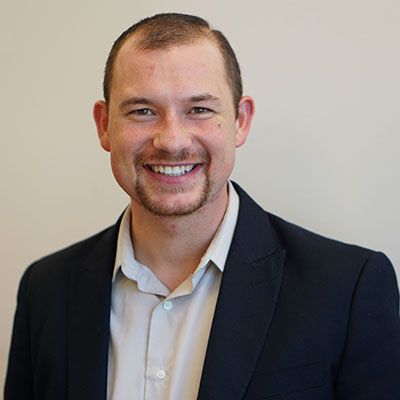Sal Khan may be best known for creating the Khan Academy math videos that went viral on YouTube, but his vision for the potential of educational technology goes well beyond free online tutoring. Last week at a speaking engagement in Silicon Valley, Khan highlighted the trend of growing income inequality and then boldly suggested that new channels for education had the potential to flip the pyramid structure of society’s economic classes on its head and “get the top of the pyramid to encapsulate almost everyone.” Although such projections may seem to some to be naively optimistic, the theories of disruptive innovation offer support for Khan’s statement.
To understand how this might be possible, it is worthwhile to first consider what seems to be causing the current growth in income inequity. In August of 2013, the New York Times published an insightful op-ed on this topic by economists David H. Autor and David Dorn. In the piece, the authors explain how year-over-year improvements in computer science are leading to the automation of the “routine” jobs in society—such as bookkeeping, clerical work, and repetitive jobs in production and quality assurance—that tend to pay middle-class wages. In contrast, the “nonroutine” jobs that are not easily automated by computers tend to fall at opposite ends of the occupational skill distribution. At the high end are occupations that “require problem-solving, intuition, persuasion and creativity”—such as “law, medicine, science, engineering, advertising and design.” These jobs are performed by people who, “typically have high levels of education and analytical capability” and are generally well paid. At the other end of the income distribution are jobs that are not easily automated because they require “situational adaptability, visual and language recognition, and in-person interaction,” such as, “preparing a meal, driving a truck through city traffic or cleaning a hotel room.” These jobs involve tasks that are “mind-bogglingly complex challenges for computers,” but only require “primarily innate [human] abilities like dexterity, sightedness and language recognition.” The skills required to do these jobs are not scarce and therefore tend to garner low wages. All together, these trends indicate that advances in computer automation have the tendency to hollow out the middle class and separate workers toward either the high-end or low-end of the income distribution.
Some have suggested that these technology-driven changes mean that we are headed toward a knowledge-worker economy of the future. Having an economy of mostly of knowledge-workers, however, requires that the majority of our society become highly educated. Autor and Dorn are skeptical of this possibility. They note that:
Not all high school graduates—let alone displaced mid- and late-career workers—are academically or temperamentally prepared to pursue a four-year college degree. Only 40 percent of Americans enroll in a four-year college after graduating from high school, and more than 30 percent of those who enroll do not complete the degree within eight years.
If we are dependent on our current education system to make this shift happen, then their skepticism seems well warranted.
But this is where the power of disruptive innovations in education is particularly promising. Many students from disadvantaged backgrounds fall short in school not because of a lack of innate potential, but because of a lack of access to needed supports. Even though education is free in the U.S., high-quality, personalized education is still a vast area of nonconsumption. Disruptive innovations often start by offering nonconsumers access to products or services that are not-as-good-as previously existing solutions, yet better than having nothing at all. These innovations then improve predictably over time until they eventually get good enough to transform the world.
Society has benefited immensely as this process has played out in sector after sector. For example, the phonograph was a disruptive innovation that brought the symphony from the concert hall to the living room. In computing, waves of disruptive innovation have made it possible for the average person to carry incredibly sophisticated machines around in their pockets. In education, personalized tutelage—which historically has been a privilege of only the wealthy elite—is increasingly becoming available anyone anywhere in the world.
During a recent keynote speech, Sal Khan pointed out that 400 years ago scholars in Europe probably would have assumed that only 30 to 40 percent of the general population had the intellectual capacity to learn to read. Today we know that 99.99 percent of humanity is intellectually capable of reading. He then went on to suggest that we may prove in the not-too-distant future that our current assumptions about the intellectual capability of general public are wildly pessimistic. For example, we may reach a time when mastery of advanced topics like genetics and quantum physics becomes a part of basic human understanding.
In order for us to create a knowledge-worker economy where all can share in the benefits from advances in technology, we will need to find a way to educate all people in our society better than we ever have before. This is unlikely to happen through further incremental improvements to our existing education system. It may be possible, however, through disruptive innovations in personalized learning such as the Khan Academy.

